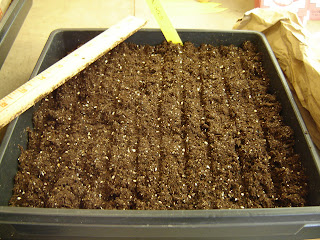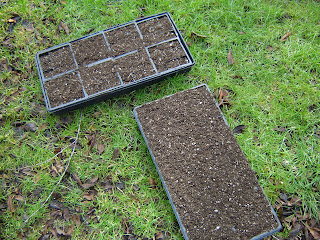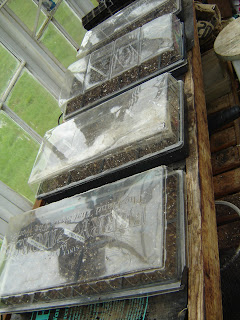MARCH 16TH: UPDATE
Final count was 2400 bags!!!
I now have them staged at my house ready for you to come and get them. For those of you who requested some I sent you logistics details via private email.
Would appreciate you picking up your allottment promptly so we can get our driveway back!
Thanks.
CW
*********************************
MARCH 12TH: Need someone with a truck to come with me to pick up the sacks. They won't all fit in one load. Please reach out if you can help. Thanks.
CW
**********************************
MARCH 6TH: NO MORE REQUESTS PLEASE!
Final count is........ (drum roll).........1900 bags! Holy mackeral!
For those of you who submitted requests.... I'll get back to you later on this week, via email, with pick up logistics. Stay tuned.
CW
****************************************
MARCH 5TH UPDATE: Today's the last day to submit a request. We're up to 1675 bags! Oh my!
*****************************************
MARCH 3RD UPDATE: 2 days to go. So far I have 1440 bags requested. Any more requests out there?
******************************************
FEB 28TH ANOTHER UPDATE: Pushed a little harder on the original Starbucks lead and voila... it's paid off! They'll GIVE US THE BAGS FOR FREE! So..... who else wants to place an order? Let me know before March 5th.
*******************************************
FEB 28TH UPDATE: Folks have been responding and I now have 750 bags on the count list! If you're still interested in getting some, send me your counts and I'll add you to the list (deadline is March 5th). I'll then confirm with the supplier what the cost/unit is going to be based on our final count, and get back with you so you can confirm if you're in or not in actually purchasing them.
*******************************************
Last year I learned about the value/benefit of using burlap sacks in the garden. They're great for use as a mulching material, or to wrap around containers for added winter protection, or to wrap around a shrub with some twine to protect the plant from heavy snowfall, or to use as a "tea-bag" for making compost tea, or for covering compost bins to help retain moisture, or to haul small loads of kindling or other items from here to there.....the list goes on.....
Last year I heard the Starbucks distribution center in Kent was selling burlap bags for peanuts in big bundles of 50, 100 etc, but when I checked with them this week, I found they're not doing that anymore (at least not anyone I connected with knew about it, so I may be wrong). BUT, fear not, I've found an alternate source
Sustainable NE Seattle, that's collecting / re-selling burlap resources from many stores/restaurants/organizations. I sent them an email to get more details...... here's their reply.....
We're happy to help you get all your burlap needs met. But there are many
different burlap bag types and grades, depending on the use you want to put them
to. And just as importantly, there are _significant_ pricing differences between
a small order (100+ bags) and a medium-sized order (400+ bags) and a large order
(800+ bags), even if each was similiarly picked up at our facility.
So to help you with pricing we'd need to have a slightly narrower idea of
the range of numbers needed, and know what kinds of bags we need to quote you
(based on the use you want to put them to - erosion control? weedblock? sheet
mulching? container planting? geo-technical filter material? etc...)
So, I'm reaching out to see what interest there is out there for this stuff?
The Trellis vegetable gardening group is pondering their needs. What about the Fall City Garden Club, Eastside Master Gardening-related groups, Community Gardens/Pea Patches and the like?
Share your thoughts and perhaps we can take advantage of a larger order with greater savings.... a win win for everyone!













































